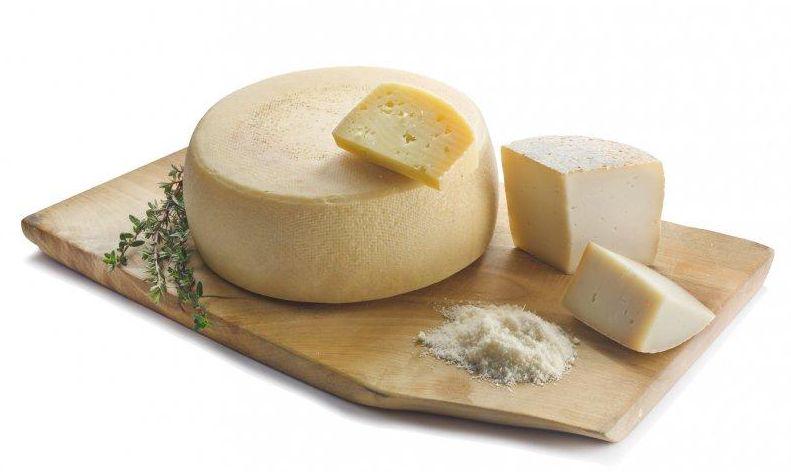
The meadows high above the town of Tolmin are ideal for the production of dairy products, and for centuries the area has been the home to a unique type of cheese.
Affected by both Mediterranean and Central European air masses, the Tolmin area in western Slovenia is perfect for various types of plants that make its high-altitude pastures prime cow-grazing terrain. The first mentions of a unique local cheese date back to the 13th century. Initially, the cheesemaking emerged as a method of preserving milk, but it soon became apparent that the quality of the Tolmin cheese was exceptional. It was even became a form of currency used by the peasants to pay taxes to the nobility. The cheese was highly sought-after well beyond Tolmin and was sold in important urban centers, such as Udine in modern-day Italy.
The making of Tolminc, as the cheese was eventually dubbed, has remained largely unchanged for centuries, even though master cheesemakers from Italy and even Switzerland were occasionally brought in to improve the taste in line with the latest trends. Tolminc is still made from raw cow’s milk, with a fat content of around 45%, and a sweet-by-tangy taste. After maturing from anywhere between two months and a year, the cheese is smooth in texture and typically contains just a few holes.
In 2012, the uniqueness of Tolminc was recognized beyond Slovenia’s borders. The European Commission agreed to protect the cheese as a Product with a Designated Origin, effectively prohibiting any outside producer from marketing its cheese as Tolminc. Only milk from cows that graze on Tolmin flowers can be used to make Tolminc cheese. The largest producer, the Planika diary based in the town Kobard, makes about 100 metric tons of Tolminc a year.
The protection was welcomed by local cheesemakers who are not just hoping to make Tolminc a success abroad, but are also using the cheese to market the beautiful Alpine landscapes of western Slovenia as a destination for gourmets and anyone interested in authentic local dishes prepared using age-old recipes.


































































